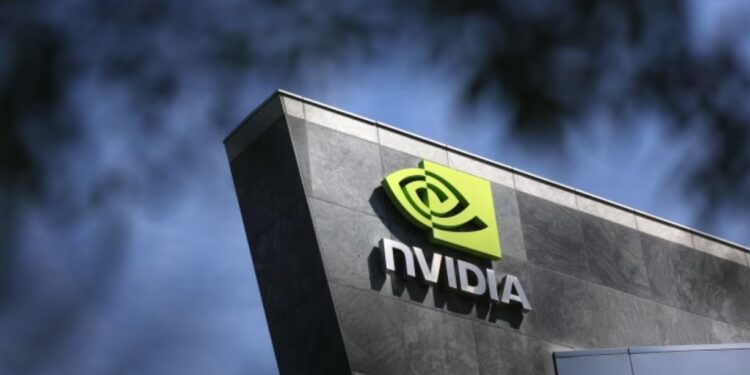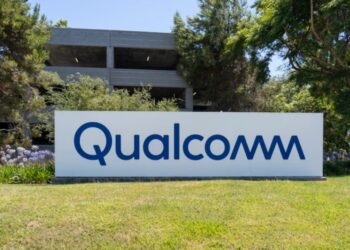As the U.S. continues to tighten its export restrictions, Nvidia has struck a strategic bargain with a new, cheaper artificial intelligence (AI) chipset tailor-Made for OUWEISU By Chinese.
The step follows a US government effort to further restrict export of advanced AI technology to China, with a goal of slowing its technological and military progress.
The new said graphics processing unit (GPU) is a variant of Nvidia’s current Blackwell architecture with lower specifications and ease of manufacturing suitable for compliance with US regulations.
The new chip will reportedly cost between $6,500 and $8,000, a much more budget-friendly price point than the previous locked-down H20 model that sold for $10,000 to $12,000.
But instead of HBM that this RAM would effectively act as can be found in server-side Nvidia RTX Pro 6000D silicon, the tailored chip will lean on the classic GDDR7. It also will not allegedly use the advanced CoWoS (Chip-on-Wafer-on-Substrate) packaging technology of Taiwan Semiconductor Manufacturing Co. (TSMC). Mass production is expected to start as soon as June.
US export restrictions have dealt a massive blow to Nvidia’s market share in China, dropping from a commanding 95% to about 50%. CEO Jensen Huang has warned these restrictions risk giving a boost to domestic Chinese rivals, such as Huawei, whose Ascend 910B chip competes with Nvidia’s offerings. Because the H20 remains under export ban, the $50 billion Chinese data-center market is effectively closed to American companies, he said.
An Nvidia spokesman accepted that the company’s hands are tied, adding that the approval of the US government is needed before the new design can be officially implemented.
With less computing power than the predecessor versions, the new chip is Nvidia’s third attempt to design a GPU that meets US export restrictions yet allows the company to remain competitive in an important Chinese market that represents a big chunk of its global sales.
With those downgraded chips, performance might be matched by local Chinese technologies within a year or two, according to industry analysts — but developers come to Nvidia’s CUDA software platform, which has an established ecosystem, so that’s another win for Nvidia. Nvidia is also said to be working on a second Blackwell-based chip for China, said to begin production in September, although its specs have yet to be confirmed.















